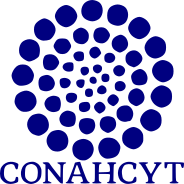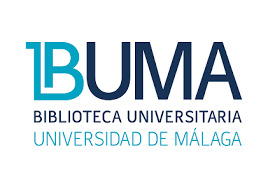CARACTERÍSTICAS FUNCIONALES DE LOS PRINCIPALES BOSQUES DE CUBA ORIENTAL
Abstract
The functioning of eight main ecosystems
of eastern Cuba was studied, which cover
the widest range of variation in ecological
conditions (altitude, rocks, soils, rainfall)
and vegetation. For the study of individual
ecosystems, the method of Herrera and
Rodriguez (1988) was used, modifying
the formula (L+F)/H to determine the
overall rate of decomposition of the litter.
It confirms that sclerophylly increases with
the accentuation of stressful environmental
conditions. The lowest values of the ratio
(L+F)/H (eueremazimotic ecosystems) are
observed in highly humid and very poor
soils, in which there are major environmental
stresses.
Downloads
Published
Issue
Section
License

Polibotánica by Departamento de Botánica de la Escuela Nacional de Ciencias Biológicas del Instituto Politécnico Nacional se distribuye bajo una Licencia Creative Commons Atribución-NoComercial-CompartirIgual 4.0 Internacional.




















